
CICM SAQ 2012.1 Q26
In patients suffering from major burns, outline the possible physiologic derangements and their underlying mechanisms that could contribute to problems of oxygenation and ventilation.

In patients suffering from major burns, outline the possible physiologic derangements and their underlying mechanisms that could contribute to problems of oxygenation and ventilation.

Outline the Intensive Care management of a 25-year-old male who has fulfilled brain death criteria and is awaiting surgery for organ donation.

We are all at risk of missing the giant man in the gorilla suit every day in ED.
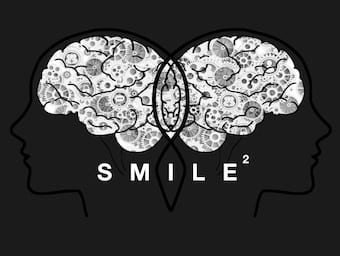
Working in the ED environment is unlike most other areas of medicine. Stress levels can be high, maintaining patient flow in the face of access block and exit block can seem futile, and a chaotic environment

Days 2 and 3 of essentials 2010 have come and gone. It was no surprise to me, nor to other EMCrit fanatics, that Scott Weingart, MD stole the show with his talks on (p)re-oxygenation; delayed sequence intubation, and post-arrest care. More detailed information on these topics be found on EMCrit - go there now!

A decade after Wrenn and Slovis gave us the 'Ten Commandments of Emergency Medicine', Timothy Givens proposed the following 'Ten commandments of Pediatric Emergency Medicine' to supplement the originals.
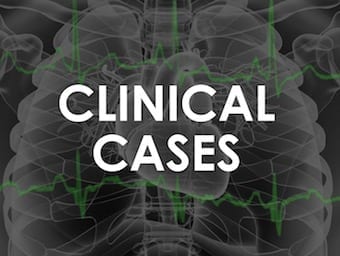
"VT or not VT? That is the question..." you muse. Then your patient Bill says "A shock, a shock, my kingdom for a shock"...

Sir Peter Wyllie of Alice Springs was the inaugural winner of the F.UCEM PhD (Publicly Happy to Display) award. Now Sir Peter Wyllie goes one step further…heli jumping over Noonamah, NT
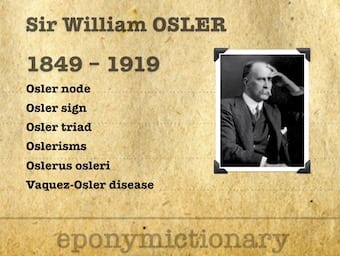
William Osler teaches us that a sense of humor and fun helps doctors fight off stress, connect with others, and stops them from taking themselves too seriously.
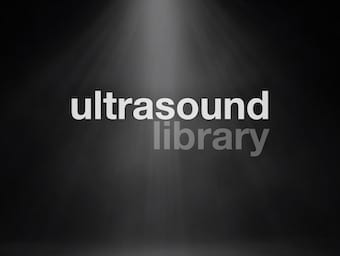
**B-lines = Short path reverberation artefact Short path reverberation artefact The ultrasound appearance of this artefact is a thin vertical bright or echogenic line that passes from the point of origin, to the deepest part of the ultrasound image. Most…
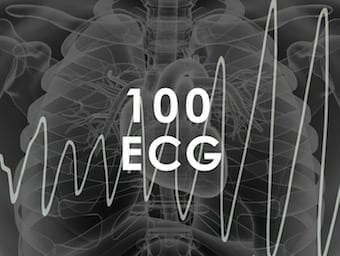
This ECG is from a 40 yr old male who presented following a large overdose of an anti-spasmodic agent.
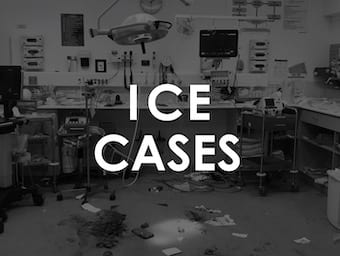
A 64 year old man attends the ED after developing chest pain radiating to the jaw and right arm while playing tennis. The pain has now been present for nearly half an hour and continues unabated. Describe his ECG